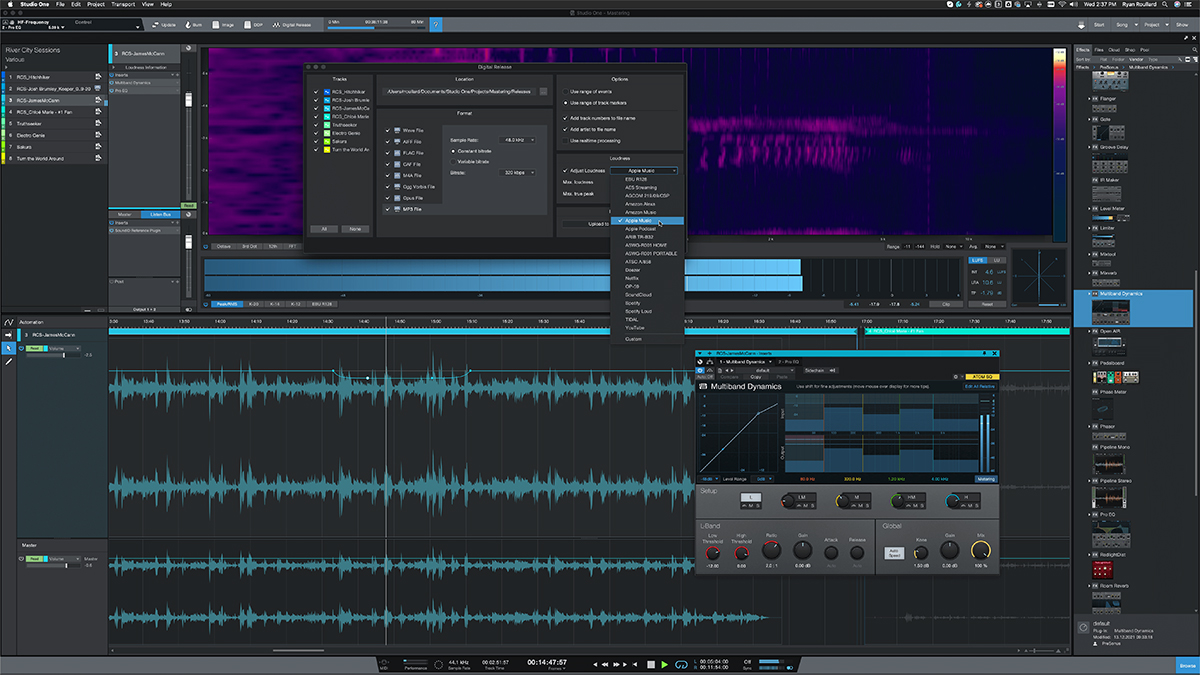PreSonus Studio One 5.5 helps you to get your music release-ready with new mastering and export features
The updates include “the number one user feature request for the Project Page”
PreSonus has released Studio One 5.5, the latest version of its highly-accomplished DAW. While this does offer some new production features, the headline additions are related specifically to mastering.
You can find these on the mastering-focused Project Page, which now offers track volume, master volume and insert effect plugin parameter automation. This can be written in real-time or using the Paint Tool.
You’ll also find Clip Gain Envelopes, which are designed for fixing gain issues without having to pull up your dynamics plugins. The Listen Bus, meanwhile, enables you to monitor through room correction plugins or headphone monitoring tools without affecting the master output, while you can free up processing power for complex mastering chains using Track Transform.
When the time comes to export your master, you can now do so in multiple formats simultaneously (high-resolution and lossless, for example) and you can set the Target Loudness. Presets for popular streaming services are provided.
On the music production front, Studio One 5.5 has a new feature that automatically extracts the chords from any MIDI file you drag onto the Chord Track, and you can now create a strum pattern by dragging notes in a selected chord while holding down modifier keys.
New workflow features, meanwhile include the option to save automation with mix scenes, and the Plugin Nap feature now works on a per-plugin basis.
The Studio One 5.5 update is a free update for registered Studio One 5 users and is included in the PreSonus Sphere membership. Find out more on the PreSonus website.
Get the MusicRadar Newsletter
Want all the hottest music and gear news, reviews, deals, features and more, direct to your inbox? Sign up here.




I’m the Deputy Editor of MusicRadar, having worked on the site since its launch in 2007. I previously spent eight years working on our sister magazine, Computer Music. I’ve been playing the piano, gigging in bands and failing to finish tracks at home for more than 30 years, 24 of which I’ve also spent writing about music and the ever-changing technology used to make it.
“From a music production perspective, I really like a lot of what Equinox is capable of – it’s a shame it's priced for the post-production market”: iZotope Equinox review
"This is the amp that defined what electric guitar sounds like": Universal Audio releases its UAFX Woodrow '55 pedal as a plugin, putting an "American classic" in your DAW









